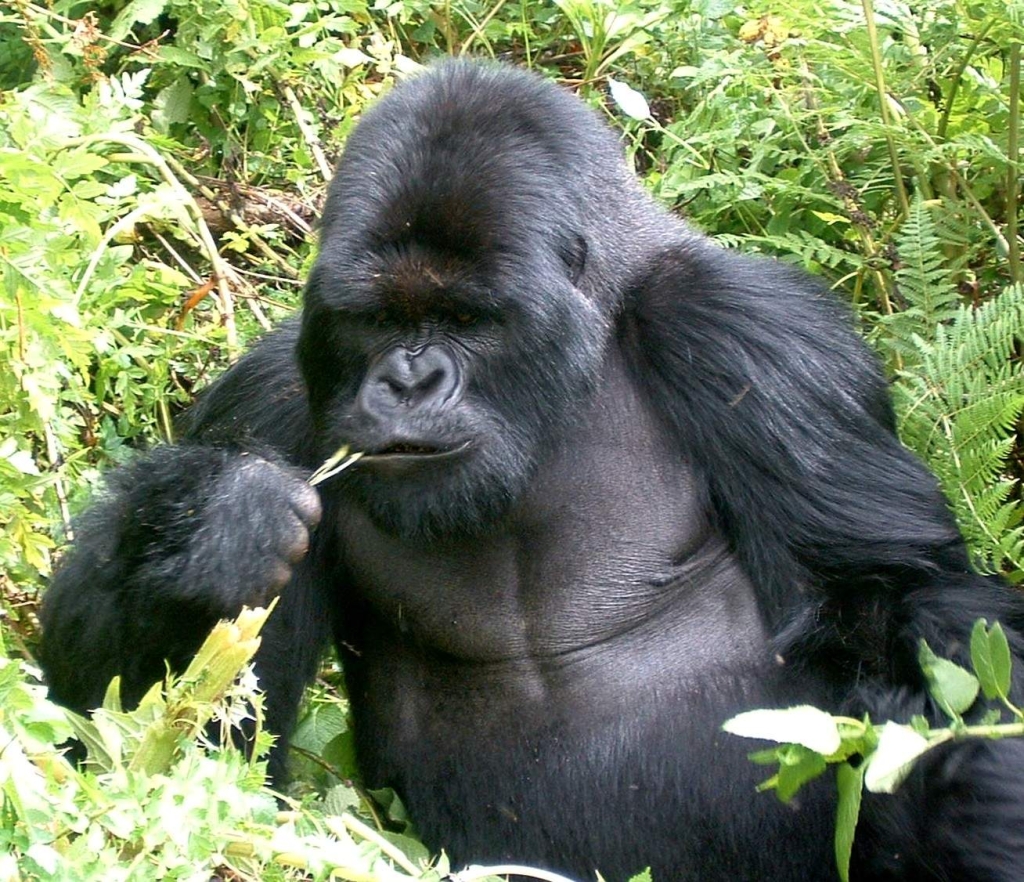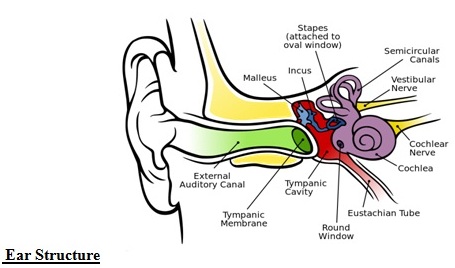Biology – Diagram of Paramecium and Amoeba with their Functions
PARAMECIUM Paramecium is widespread in freshwater, brackish, and marine environments and are often very abundant in stagnant basins and ponds. Because some species are readily cultivated and easily induced to conjugate and divide, it has been widely used in classrooms and laboratories to study biological processes. Description of Paramecium A paramecium is a unicellular (one cell) […]
Biology – Diagram of Paramecium and Amoeba with their Functions Read More »





